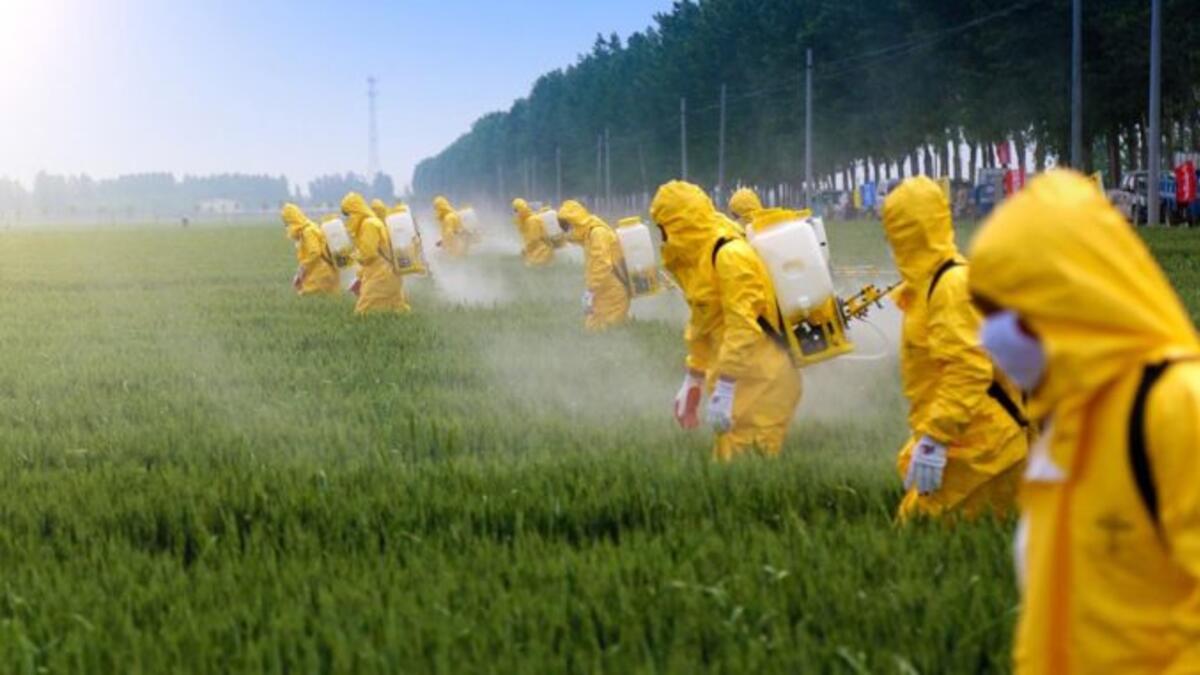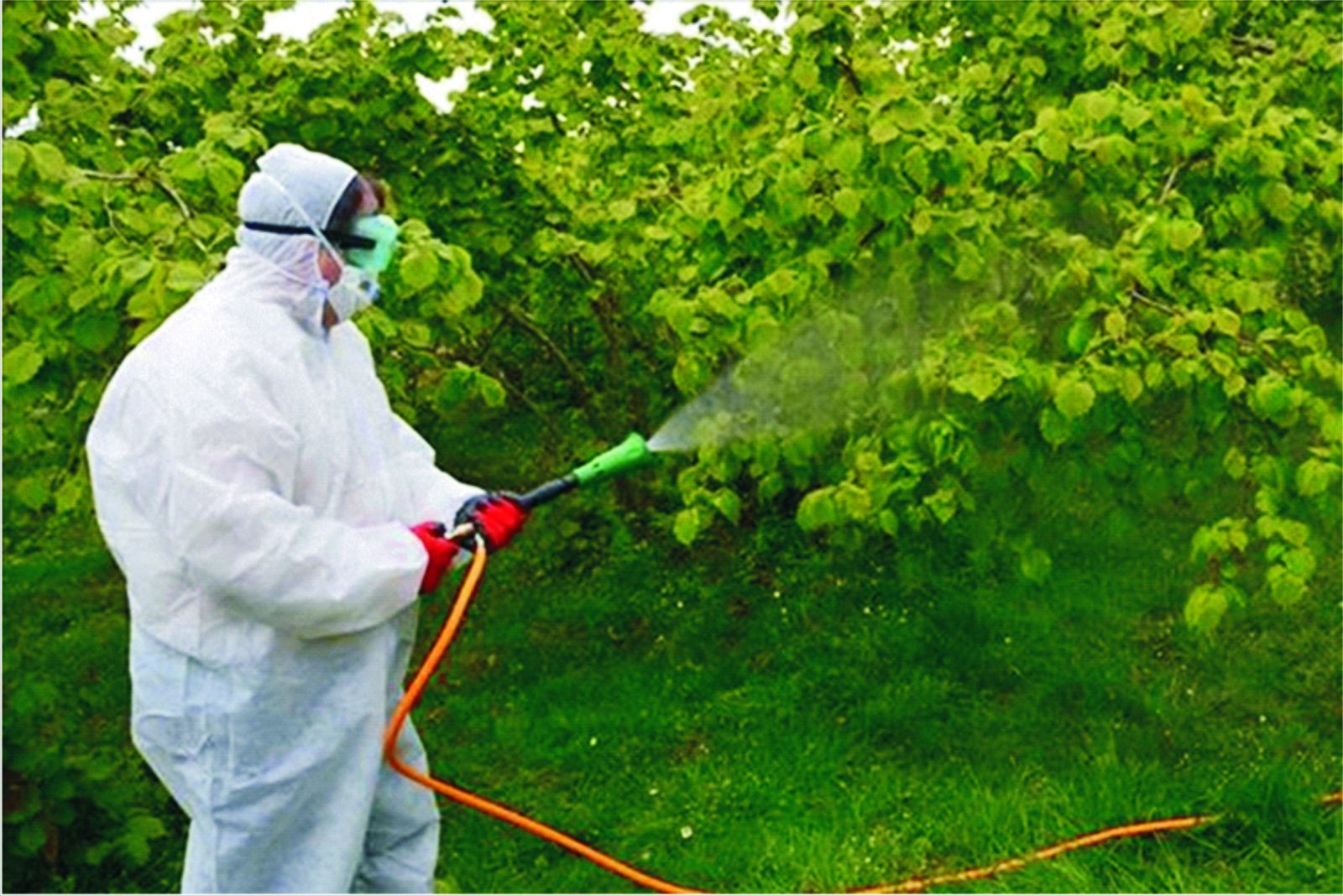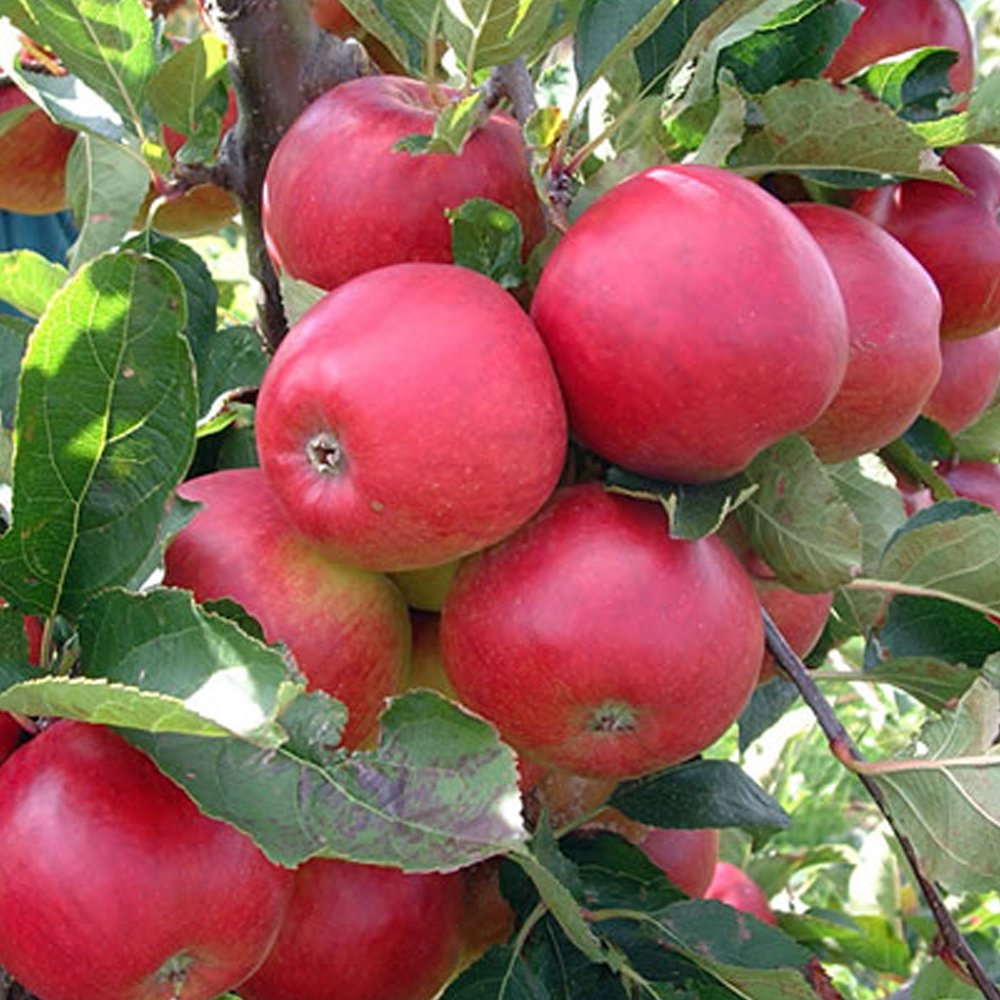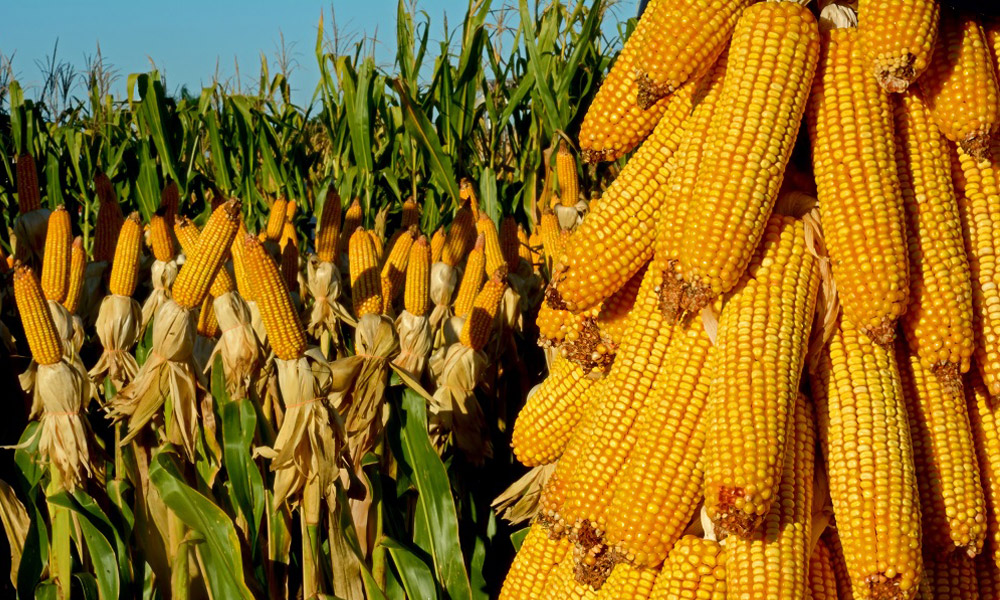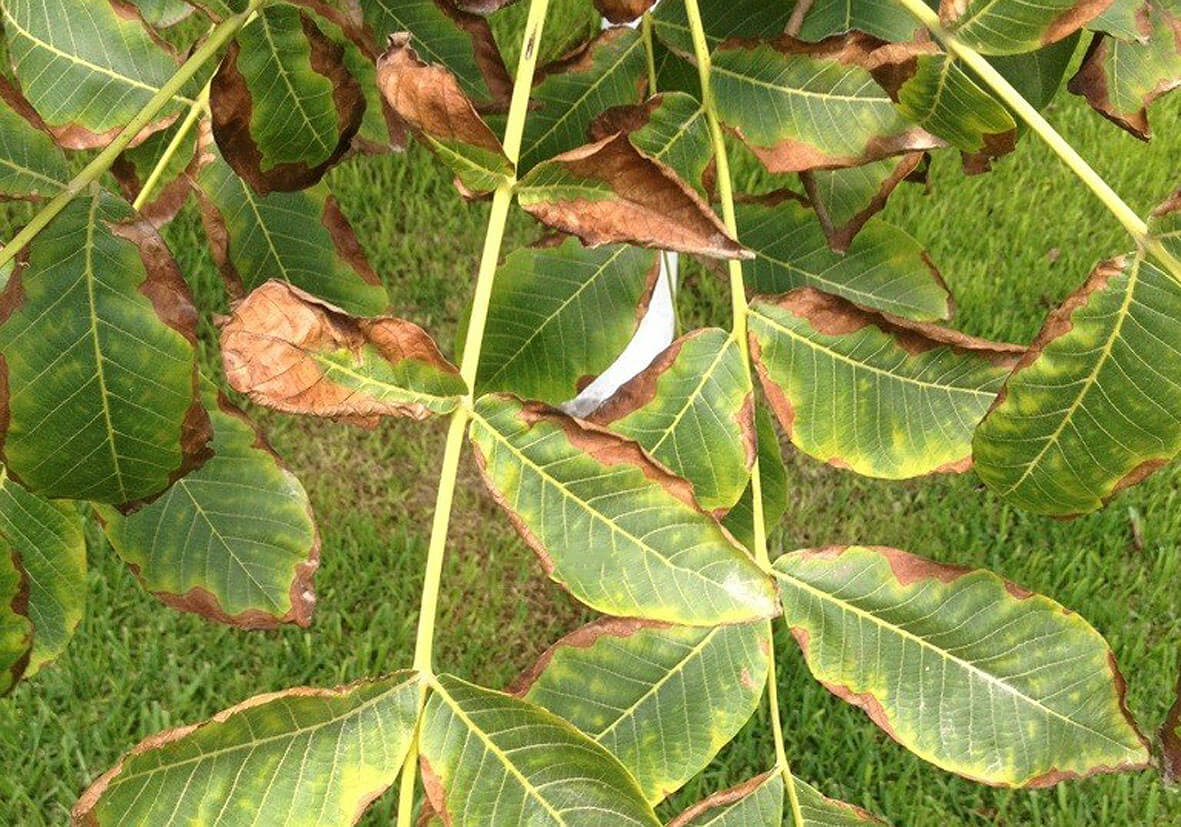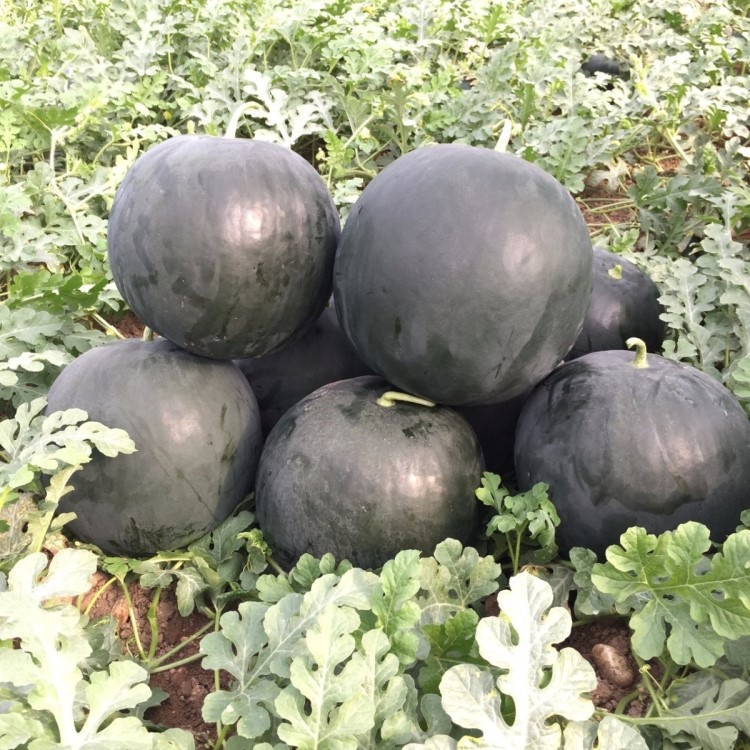
Ashing and Drugs in Watermelon
Powdery mildew and medicines with white powdery fungal development develop on both leaf surfaces, petioles and stems. Development often occurs with asexual reproductive spores, called cones. The symptoms of the disease first develop on the petals, shaded leaves and the lower surfaces of the leaves. Yellow spots are seen from the back of the surface with fungal development. Older plants are affected first, infected leaves often fade and dry. Plants may be subject to early ripening due to the error. Fruit infections are rare in watermelon and cucumber plants. Kleistothecium (durable and sexual reproductive organ) are dark brown, small structures, may not be noticed without small magnifiers, and these spores appear on plant residues later in the disease.
THE CHALLENGE STRUGGLE IN WATERMEL:
Cultural Struggle
1. Cultivation and continuous control of plants in good conditions.
2. Cultivation of durable cultivars.
3. It also recommends biological control abroad against the disease factor. Of these, AQ10 biofungicide is a fungal hyperparazite (Ampelomyces quisqualis).
CHEMICAL FIGHT:
Spraying is started when the first signs of disease are seen in the whole region. Spraying should be in the form of covering all parts of the plant with medication when the air is cool and calm. Usually, 2-5 applications can be made at 10-day intervals depending on the course of the disease
systemic drugs should be administered with an interval of 15 days. After the precipitation and when there is too much raw powder sulfur should not be applied, because burns may occur due to the sun that may come out. Generally average daily temperature is 270
Spraying should be interrupted when the temperature is above C and below 50% of the relative humidity, and spraying should continue when the conditions change.
